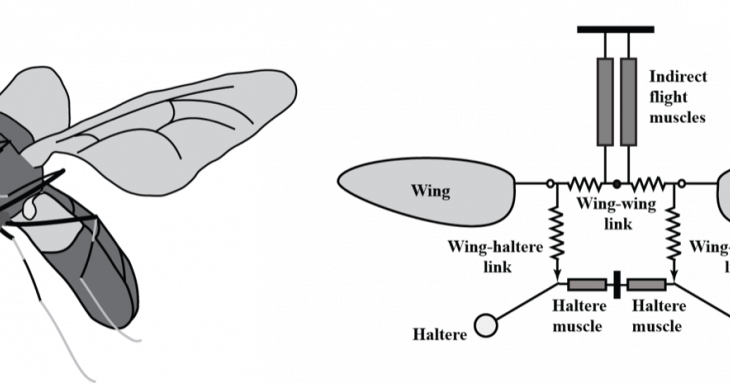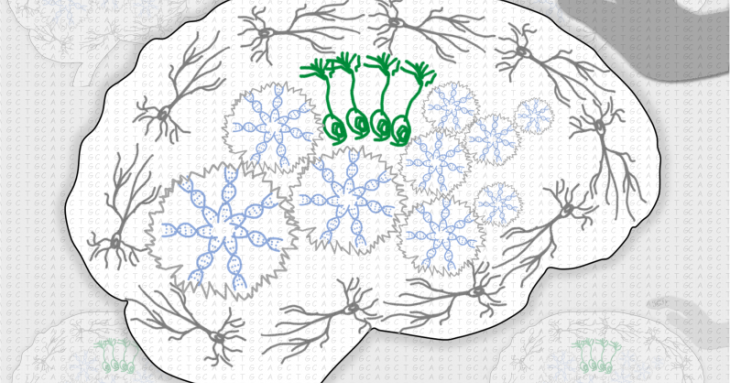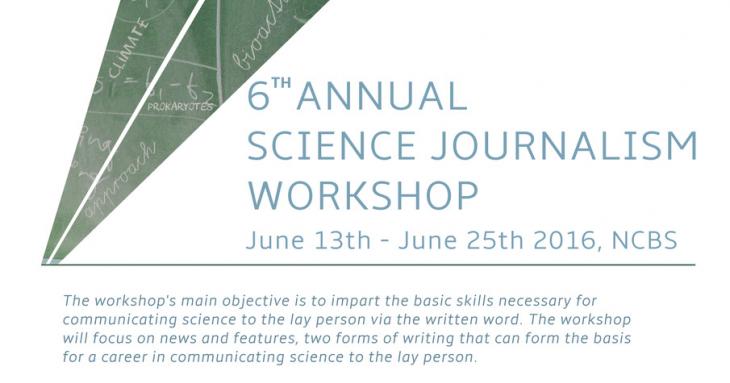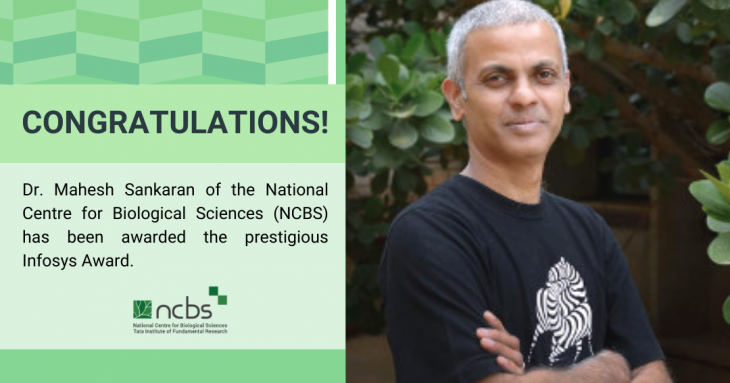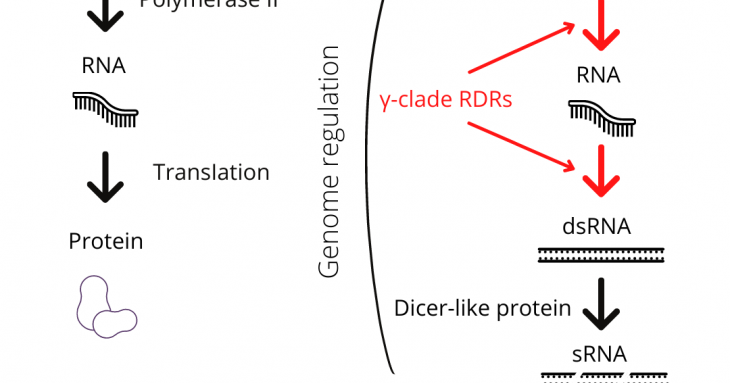-
-
Probing the genetic blueprint reveals hidden nature of brain cells
Illustration by Mohammad Shariq
-
Congratulations Dr. Hiyaa Ghosh !
Dr. Hiyaa Ghosh is among eight scientists to be named part of EMBOs Global Investigator Network for 2021.
Read More about Hiyaa's research hereArunita Banerjee (https://www.arunitabanerjee.com/) caught up with her recently, and here is what Hiyaa had to say.
-
Building a community of science journalists in India
When I was asked to write about the NCBS science journalism workshop, I dug through my emails and read the application I had sent out in 2013: A CV and a 500 word essay about why I wanted to be part of the workshop. “I intend to pursue a PhD next year,” I wrote. “So, the workshop would help me write better scientific papers.” That’s not quite how my life turned out.
-
Dr. Mahesh Sankaran awarded the Infosys 2021 prize for Life Sciences
Prof. Mahesh Sankaran has been awarded the Infosys Prize for Life Sciences for his exemplary contributions to the field of ecosystem ecology. His work on savannas, specifically the drivers of savanna ecosystem structure and the potential responses of these ecosystems to climate change have been critical in shaping the research agenda in this field over the past decade.
-
-
Indian Butterfly Monitoring Scheme Launched
A network to monitor butterfly populations in India for science, education, community building, and biodiversity conservation
-
Explained: Why ‘black tigers’ sound a warning
They are found only in Simlipal. A study finds out what gives them their darker stripe pattern— how this is the result of inbreeding within Simlipal’s small and isolated tiger population.
-
NCBS Statement following TIFR Academic Ethics Committee (TAEC) Report on 16 September 2021
As requested by the Director, TIFR, the TIFR Academic Ethics Committee (TAEC) conducted an enquiry of data manipulation in two recently published papers from the laboratory of an NCBS-TIFR faculty member. The TAEC conducted a thorough investigation, and studied various aspects related to these papers. After careful deliberations, the TAEC has reported its conclusions, which are now available at: https://www.tifr.res.in/TSN/article/Findings_of_the_TAEC.pdf.
-
What makes the black tigers of Similipal black?
A team of scientists have discovered the genetic cause of the odd coat colouration and patterning in Similipal’s black tigers.


